Honey has been utilized as a medication since the commencement of humanity. One of the most widely recognized and diligent therapeutic uses of honey has been an injury dressing, more likely than not because of its antimicrobial properties. It is a sweet golden liquid made by the little bees using the nectar of the flowers. People living across the world have hailed the benefits of this liquid gold for thousands of years.
Honey is available in various varieties, colours, tastes, raw and pasteurized also. Manuka honey is one such type of honey native to New Zealand. It is produced by the nectar of the flower Leptospermum scoparium, commonly known as the manuka bush. Being rich in antibacterial properties, it is exceptionally beneficial compared to other types of traditional honey varieties. Methylglyoxal is the active ingredient responsible for the antibacterial properties present in it.
Commonly known as a gold remedy, Manuka honey is for sure a superfood. Coming right from New Zealand, Manuka honey has incredible recuperating properties. It is relatively more costly than the standard honey we usually consume, as a 1 kg container of Manuka honey will cost you around Rs. 10,000. Peruse on to thoroughly understand Manuka honey and how it is gainful for you.
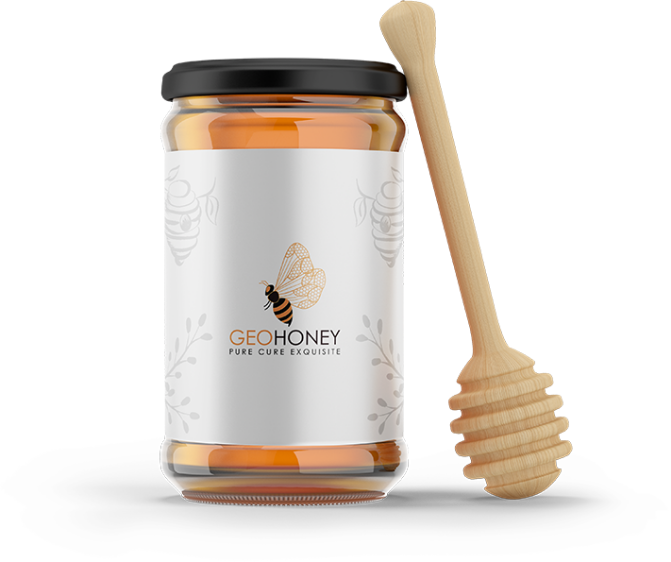
All honey contains antimicrobial properties. However Manuka honey additionally contains non-hydrogen peroxide, which gives it a considerably more prominent antibacterial force. A few examinations have
discovered Manuka honey can also assist with boosting production of the development factors white blood cells need to battle infection and recuperate tissue.
In addition, Manuka honey contains various natural chemicals that make it unique:
-
Methylglyoxal (MGO)
This has been demonstrated to be compelling against a few microscopic organisms, including Proteus Mirabilis and Enterobacter cloacae.
-
Dihydroxyacetone (DHA)
This is found in the nectar of Manuka blossoms and converts into MGO during honey production.
-
Leptosperin
This is a commonly occurring compound found in the nectar of Manuka plants and a couple of close relatives.
Some Fascinating Facts About Manuka Honey
-
Manuka Flowers Are the Reason Behind Unique Properties of This Honey
Manuka honey has antimicrobial properties, making it antibacterial, antifungal and antiviral. It likewise has calming, antioxidants and immune-modulatory properties. Together, these characteristics make Manuka honey extraordinarily helpful for the digestive system, immune system, and skin. Yet, where does all that come from? What makes Manuka honey an incredible health arrangement is totally brought into the world from the Manuka flower.
Manuka honey has antimicrobial properties, making it antibacterial, antifungal and antiviral. It likewise has calming, antioxidants and immune-modulatory properties. Together, these characteristics make Manuka honey extraordinarily helpful for the digestive system, immune system, and skin. Yet, where does all that come from? What makes Manuka honey an incredible health arrangement is totally brought into the world from the Manuka flower.
There are three phytochemical markers one of a kind to Manuka honey:
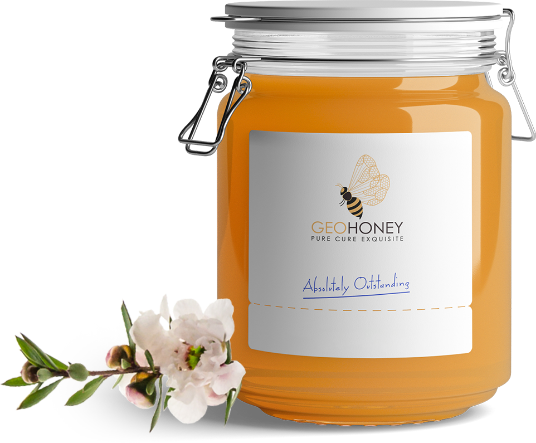
-
- 1. Methylglyoxal (otherwise called MGO, and an essential compound liable for Manuka's antimicrobial properties).
- 2. Dihydroxyacetone (or DHA, the beginning wellspring of MGO and converts to MGO over the long run).
- 3. Leptosperin (which is as yet being investigated that may have calming properties).
On the whole, Manuka honey contains more than 2,000 individual natural compounds, which is 20x more than some ordinary honey assortments.
-
Manuka Flowers Blooms for a Short Time in the Entire Year
During a 2-6 week time span, topping in mid-December (the beginning of Summer down in New Zealand), Manuka flowers are in bloom. However, individual blossoms may be open for five days - making a concise window for honey bees to gather nectar from them.
-
Manuka Flowers Are Exceptionally Delicate
Manuka bushes are more vital in general, but Manuka flowers, on the other hand, are susceptible and vulnerable to even slight variations in environment, precipitation and wind. Climate extremes additionally hold honey bees back from gathering in the small blossom window - which adds to the occasionally fluctuating cost of Manuka Honey. In addition, advancement (metropolitan and horticultural) has pushed the once plentiful Manuka bush into the country's most distant, out of reach portions. This might be something beneficial for the endurance of the plant and the nature of Manuka honey- being far away from pesticides, herbicides, and other human contact keeps the Manuka flower, honey bee provinces and Manuka Honey sound and without GMO.
-
Honey bees Take 22,700 Trips To The Manuka Flower To Fill One Jar of Manuka Honey
As the Manuka flowers bloom for a short period and it isn't easy to find those places where Manuka honey grows normally, it additionally takes honey bees around 22,700 individual outings to the Manuka flowers to gather sufficient nectar make one 17.6 oz (500g) container of Manuka honey. One honey bee may gather sufficient nectar to make ⅕ teaspoon of honey in their life expectancy, and one hive might have 40,000 honey bees gathering nectar to change over into honey. Between the honey bees, the beekeepers, specialists, analyzers, packers, drivers, and that's only the tip of the iceberg; there's a ton of work and vocation that goes into each container you see on the rack, which is the reason each container is a valuable gift to be regarded.
-
Monofloral Manuka Honey Possesses The Most Benefit
Manuka honey is a 'monofloral' honey variety made from the nectar of the Manuka flower alone. Nobody can advise honey bees where to go or which blossoms to visit, yet certain actions can be taken in where and when hives are acquainted with urging honey bees to gather from the Manuka flower. Without those actions, honey bees will fertilize an assortment of blossoms in addition to the Manuka flower, which makes 'multiflora' Manuka honey. Multifloral Manuka contains lower levels of Manuka's active compounds (generally not estimating sufficiently high to get a rating from UMF for its (Unique Manuka Factor).
-
Not All Manuka Flowers Have High Levels Of Beneficial Compounds
Envision going through everything by really focusing on the Manuka plant, timing the honey bees to be nearby, good to go to visit the delicate blossoms at the perfect time. Some Manuka flowers are more delicate than others, and their blossoms' nectar doesn't convey undeniable levels of Manuka's natural beneficial compounds.
-
Manuka Bushes Restore Unhealthy Soil and Protect Waterways
All through New Zealand, regenerative agribusiness programs have focused on planting Manuka bushes in depleted land regions. For farmers, piling Manuka bushes is a channel to lessening the nitrogen and livestock runoff in the soil. Close streams, the Manuka shrubbery additionally forestalls disintegration, with, in one examination, 65% fewer tempest related avalanches over ten years. In New Zealand, the plantation of Manuka trees has improved biodiversity and reestablished local biological systems. Everything's for the sake of making more without pesticide, sans GMO, wild and immaculate spaces for the two plants and honey bees to flourish.
-
Timing is Important in Manuka Honey
For successful beekeeping, it is essential to plan everything carefully to ensure the best harvest. First, the honey bees should be carefully nurtured, so they are healthy at the perfect time; then, at that point, colonies must then be painstakingly positioned in the most distant areas of New Zealand (without worrying the hive) JUST as the blooms are opening. On the off chance that honey bees show up too early, they'll visit different blossoms and make multi-floral honey. If it gets too windy or stormy, the honey bees will remain inside the hive and eat their honey. Making the most excellent Manuka honey takes logical accuracy, agreement with nature, excellent beekeeping knowledge and developing great senses for quality.
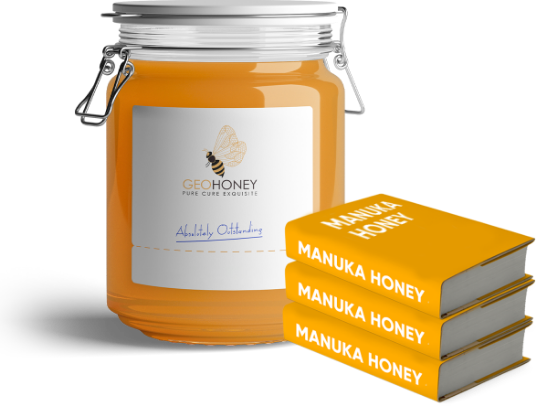
What Studies Say About Manuka Honey?
A few recent studies show Manuka honey can be helpful when it's utilized on top of wounds and leg ulcers. Studies additionally show it may battle disease and boost the healing process. The Natural Medicines Comprehensive Database records have proved honey "conceivably successful" to treat burns and wounds. The Cochrane Review notes that honey might abbreviate recuperating times in gentle burns and surgical injuries contrasted with customary dressings. However, they additionally say more exploration should be done.
Another investigation recommends that Manuka honey might assist with forestalling gum disease and other periodontal infections by lessening plaque development. In specific examinations, Manuka honey appeared to assist with forestalling aggravation in the throat brought about by radiation and chemotherapy utilized for cancer treatment.
One more potential advantage of honey is that, not typical for antimicrobials; it doesn't seem to prompt safe microorganisms. These alleged "superbugs'' create after rehashed openness to normal antimicrobials. Extraordinary anti-toxins are expected to treat them.
A large portion of the studies on Manuka honey have been with tiny quantities of individuals; thus far, research hasn't shown that Manuka honey assists with elevated cholesterol or adjusting the microbes in the gut. Besides, no significant examinations have taken a gander at the impact of Manuka honey on diabetes, cancer or parasitic diseases.
What Are the Advantages of Manuka Honey?
-
Wound Care
Manuka honey can fill in as a dressing for wounds, injuries, and burns. In addition to its antimicrobial properties, Manuka honey heals wounds and keeps them clammy. Clinical information shows that Manuka honey forestalls disease because of its antibacterial and antiviral. It has even shown anti-infection properties when applied to already infected regions.
.png)
-
Manuka honey might have potential as an elective treatment when managing microorganisms, for example, methicillin-safe Staphylococcus aureus, also called MRSA. When utilized topically, Manuka honey can likewise upgrade recuperating and tissue recovery. As a mitigating, effective utilization of Manuka honey further diminishes torment, especially in individuals with burns.
-
Avoids Gum Disease and Tooth Decay
Manuka honey attacks hurtful oral microbes, such as Porphyromonas gingivalis, related to gum and tooth medical conditions. In contrast to the gum, the Manuka honey essentially diminishes plaque and gingivitis.
-
Sore Throat Relief
Numerous tablets depend on honey's ability to relieve an irritated throat and suppress cough. In addition, honey can assist with covering the throat and assault unsafe microbes, adding to alleviation. Clinical preliminaries have been directed that explicitly include patients going through radiation or chemotherapy. In one examination, Manuka honey decreased the destructive microbes Streptococcus mutans, which is connected to sore throats, in irradiated patients. Good microscopic organisms were not influenced.
-
Acne Treatment
Several cosmetic companies have started using Manuka honey in preparing various face masks, moisturizers, lotions and creams. Being rich in antimicrobial & anti-inflammatory properties helps greatly enhance skin health, giving a natural glowing look.
.png)
How to Use Manuka Honey?
The clinical grade honey used to dress injuries is altogether different from the honey sold in stores. Clinical grade honey is cleaned, with all impurities eliminated and ready as a dressing. Wounds and infections should always be seen and treated by a medical service provider. Locally acquired Manuka honey can be utilized similarly to other honey varieties: on toast, on porridge, or to improve drinks
There is no evident proof that individuals who devour Manuka honey in this manner will see any advantage to their wellbeing. Apart from this, it isn't clear how the active ingredients that give Manuka honey its mending properties survive in the gut.
What is The Ideal Quantity of Consuming Manuka Honey?
You can undoubtedly consume 1-2 tsp of Manuka honey in a day. Then, either blend it in your lemonade, add to your tea or eat it raw. Manuka honey has a usually sweet taste that will satisfy your cravings for food while rehashing huge loads of medical advantages.
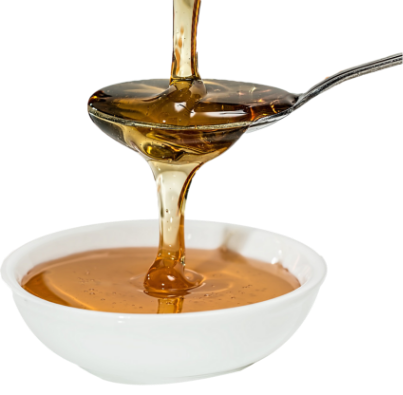
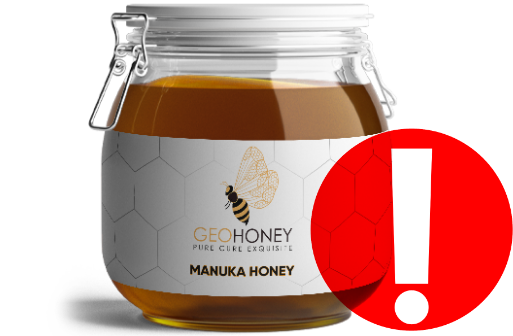
What Are the Side Effects of Manuka Honey?
Conceivable side effects of Manuka honey might include:
-
- 1. Unfavourably allergic response, particularly in individuals who are adversely allergic to the bees.
- 2. An ascent in glucose levels if massive amounts are devoured.
- 3. Consequences for certain chemotherapy medications and interactions with different meds.
Takeaway
Manuka honey is a great and unique variety of monofloral honey produced by the extreme efforts made by honey bees. The next time you consume honey bees, you will probably have a new respect for all the splendid things one tiny creature can accomplish in its lifetime.
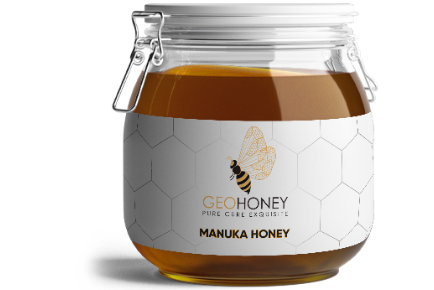
What’s the buzz, Join the hive !
SIGN UP TO OUR NEWSLETTER
Be the first to know about our hot deals, new arrivals.



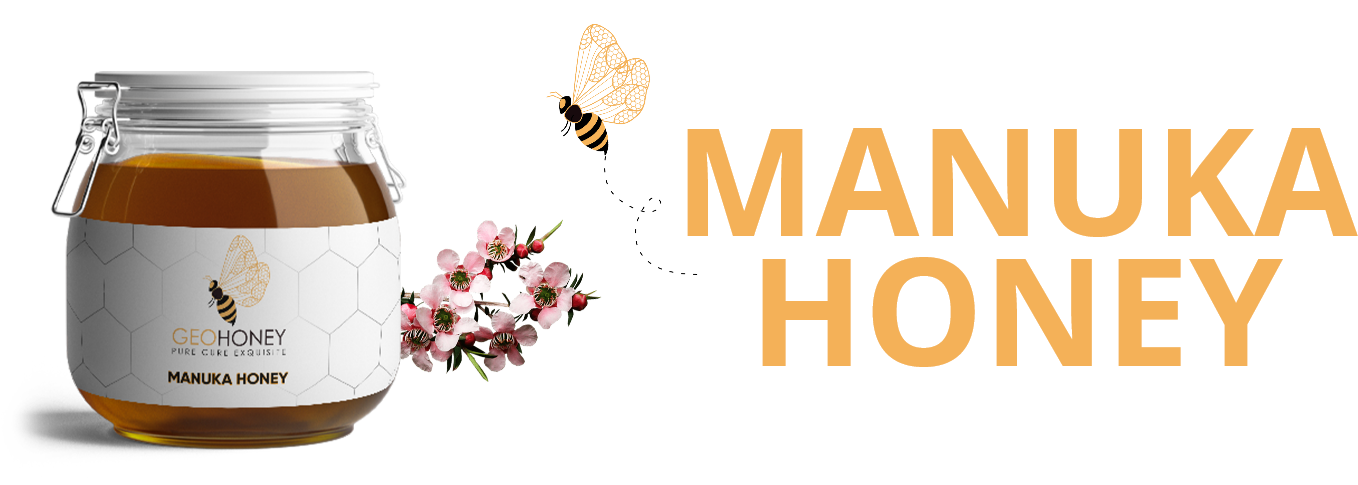


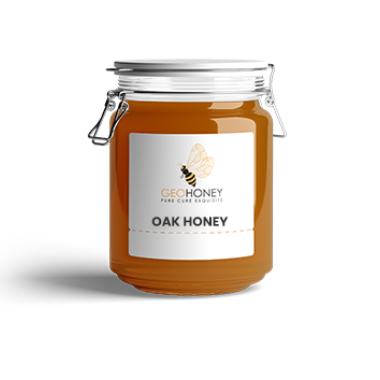
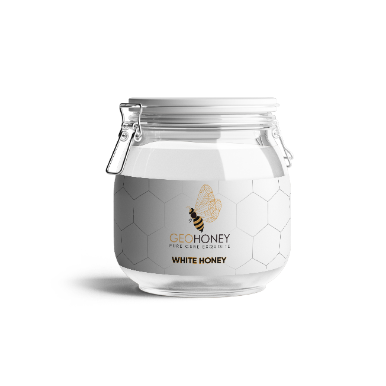


 Pay By Cards
Pay By Cards
 PayPal
PayPal
 Stripe
Stripe
 Other Payment Methods
Other Payment Methods










